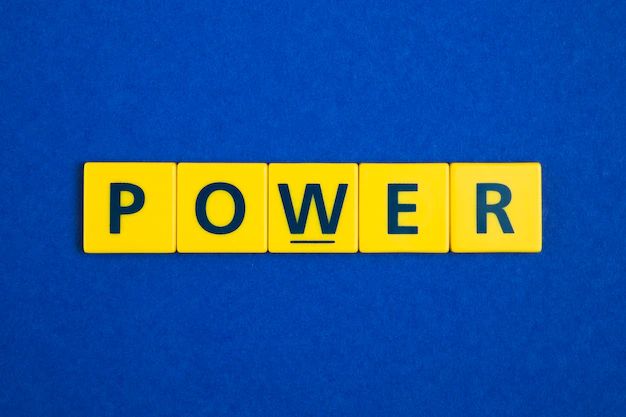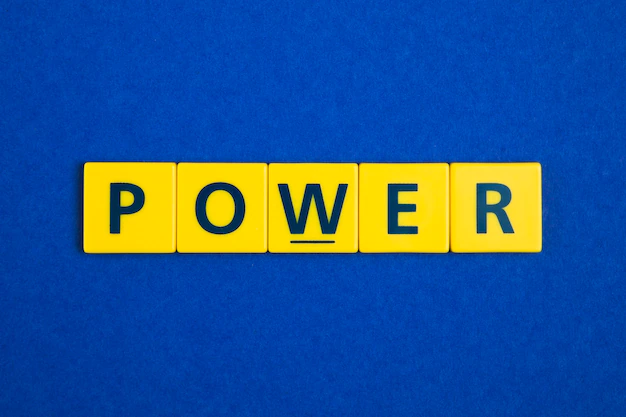WAPA, which stands for the Western Area Power Administration, is a federal agency within the United States Department of Energy. WAPA is responsible for transmitting and marketing hydroelectric power generated by federal water projects in the western part of the United States. The power generated by these projects is typically derived from hydroelectric dams, which harness the energy of flowing water to generate electricity.

WAPA’s power generation primarily comes from the following sources:
- Hydroelectric Power: WAPA manages and operates numerous hydroelectric powerplants across the western states. These powerplants use the energy of flowing water to turn turbines, which generate electricity. Examples of major hydroelectric facilities managed by WAPA include the Hoover Dam, Glen Canyon Dam, and Grand Coulee Dam.
- Renewable Energy: In addition to hydroelectric power, WAPA has been increasingly involved in promoting and integrating other forms of renewable energy, such as wind and solar power, into its transmission system.
It’s important to note that WAPA does not generate power itself but rather manages the transmission and distribution of power generated by federal hydroelectric projects. This power is then supplied to various utilities, municipalities, and other customers within its service area.
For specific and up-to-date information on WAPA’s power sources and operations, it is recommended to visit the official website of the Western Area Power Administration or contact them directly.

The sources of power that WAPA’s transmission system delivers can include:
- Hydroelectric Power: WAPA is well-known for transmitting hydroelectric power generated from federal water projects, particularly dams along major rivers like the Colorado River and the Columbia River. Hydroelectric power is generated by using the energy of flowing water to turn turbines and produce electricity.
- Renewable Energy: WAPA is increasingly incorporating renewable energy sources into its transmission system. This can include power generated from wind farms, solar installations, and other renewable sources as part of efforts to promote sustainable and clean energy.
- Conventional Power Generation: WAPA’s transmission system can also carry electricity from conventional power sources such as natural gas, coal, and nuclear power plants, depending on the energy mix within its service area.
It’s important to understand that WAPA’s role is primarily in the transmission and distribution of electricity, rather than power generation. The electricity transmitted by WAPA originates from various power plants, including federal and non-federal facilities, and is delivered to its diverse customer base, which includes public utilities, cooperatives, tribes, and other entities.

For specific information about the sources of power transmitted by WAPA in your region, I recommend visiting the official website of the Western Area Power Administration or contacting their offices directly for the most accurate and up-to-date information.
